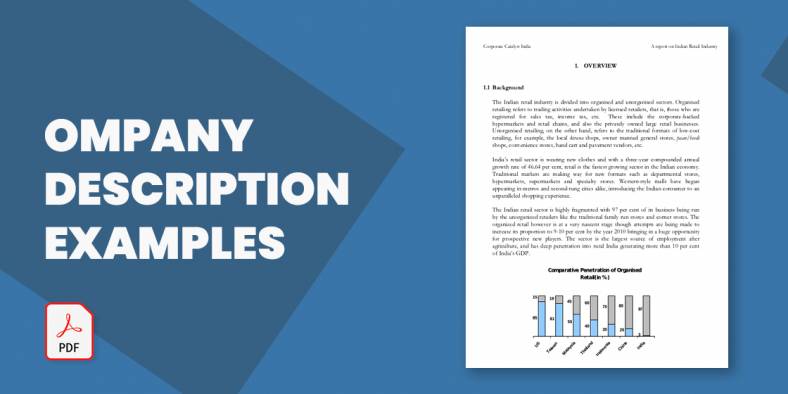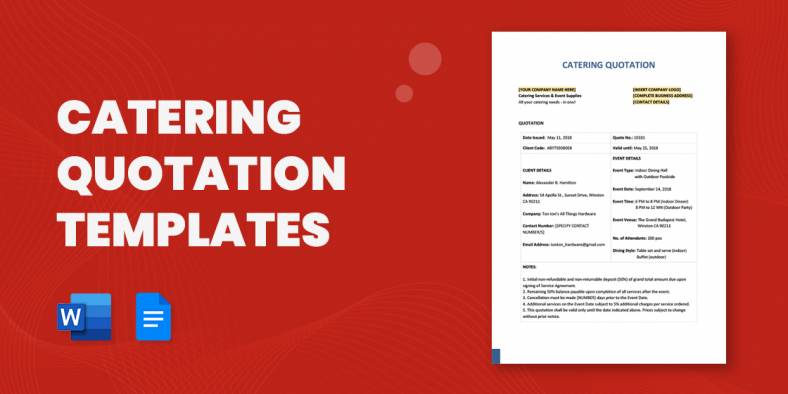
What is a Template?
In today’s fast-paced digital world, efficiency and consistency are key to content creation, and this is where the power of…
Jan 24, 2020
Communication, whether verbal or written, is considered to be an integral factor in the business world. Although many would prefer verbal communication, a lot of business experts consider written communication as more effective. Let us take for instance, setting a meeting with an employee(s) to discuss certain things can take a large chunk of their time. This makes written communication more practical than calling the attention of an employee to personally discuss certain things.

Two of the most commonly used written forms of communications are the memo and warning letters. Unfortunately, some people are quite confused when using these two office terms. In this article, we will discuss the difference between a memo and a warning letter.
According to the article that is published on Wikipedia website, “a memorandum (abbrev.: memo; from Latin memorandum est, “It must be remembered (that)…”) is a note, document, or other communication that helps the memory by recording events or observations on a topic, such as may be used in a business office.” A memo usually comes in two specific formats: office or institution. According to the law, a company memo is used to record or document the terms of either business transaction or contract. This usually includes a memorandum of understanding, memorandum of association, policy memo, or memorandum of agreement. Some of the alternative formats of a memo include reports, letters, and briefing notes. It can be a single page long but depending on its content, some memo can be two or more pages. A one- or two-page memo is usually used by a senior executive or any higher ranking officials in the company.
On the other hand, if the recipient of the memo is an ordinary employee, there is no need to be rigid in its format. The writer of the memo can choose the be more flexible when writing its contents. Internal memos are often written by the manager or supervisor to communicate with the members of the department internally. Additionally, a memo can also be considered as an upward communication process that is used to put forward complaints, suggestions, issues, and opinions to the authorized level. However, the main purpose for writing a memo is to communicate basic information, such as meeting schedules and project deadlines.
The objective for writing a request memo is to make the recipient of the memo respond to your request favorably. To gain favorable response, you must make sure to write it in a convincing way. Although the memo is written in a brief and concise manner, it is less likely to achieve the goal of the writer. To make it convincing, you will need to write it like a sales message and clearly state the goal of your memo. This will convince the reader to take action at your request.
As what the name implies, this type of memo is used to confirm that both parties have come into agreement verbally. When writing this memo, you need to be specific on highlighting the key points that were discussed and agreed upon. Moreover, it is important to emphasize the points to allow both parties easy references in the future.
This type of memo often includes reports on the company’s cost control and sales reports and are submitted at a regular interval (weekly, monthly, quarterly, or annually). When writing a periodic report memo, it should be designed like a fill-in form on which the writer or recipient can enter essential data quickly and easily.
This type of memo is used to convey suggestions and ideas from the other members of the organization to discuss certain problems that the company is currently facing.
Warning letter for an employee is usually written by the manager or supervisor to inform the employee about his or her actions that are against the rules and regulations of the company. A warning letter often states that the company or management is not taking the erring actions of the employee lightly. The employee is also given a time period to either improve his performance or avoid any unethical actions that are against the policy of the company.
When writing a warning letter, it is important to state the actions or behavior that are unacceptable despite giving the employee a verbal warning and a chance to mend his or her erring ways. Do not forget to inform the employee to treat it as a warning letter and if his or her actions continue, the management shall impose a stern disciplinary action, such as suspension or job termination. This should remind the employee to always observe the proper code of behavior while working in the office.
In an office setting, there can be different types of warning letters that are issued by the immediate head to the erring employee. However, the type of warning letter depends on the case at hand.
Chronic tardiness and absenteeism can affect not only the employee’s performance but also on the whole productivity of the department where he or she belongs. Technically, when the employee comes to work late, it will be challenging for him or her to complete his or her task on or before time, that is why, to inform the employee that the management is not tolerating his or her tardiness or absenteeism issue, an attendance warning letter is issued to him or her by the immediate head of the department.
There are times when the employees get bored, they tend to do something fun in the office, not realizing that they have violated some of the rules and regulations set by the company. While other actions or activities can be forgiven, there are some that would earn the employee a behavior warning letter, especially when the said activities have caused disturbance or disruption of work.
If the employee has been poorly performing, he or she does not immediately earn a performance warning letter. Usually, the immediate head will conduct a meeting with the employee to discuss the reasons behind poor performance. If the employee fails to resolve the performance issue, the manager or supervisor will issue a first warning letter to the underperforming employee.

In today’s fast-paced digital world, efficiency and consistency are key to content creation, and this is where the power of…

Hospitality Induction Templates are structured guides created specifically for the hospitality industry to facilitate the onboarding process for new employees.…

Whether you are a business or an organization, it is important for you to keep track of your business bank…

A Company Description provides meaningful and useful information about itself. The high-level review covers various elements of your small business…

A smartly designed restaurant menu can be a massive leverage to any food business.

Whether you need to keep neat records of received payments, or are looking for a template that helps you look…

The most widely recognized use for a sample letter of planning is the understudy who, after finishing secondary school, wishes…

The term “quotation” can refer to several things. While to some it may refer to a quote, which is proverbial.…

A catering quotation is a document that provides information about the initial price of the package offering of a caterer…